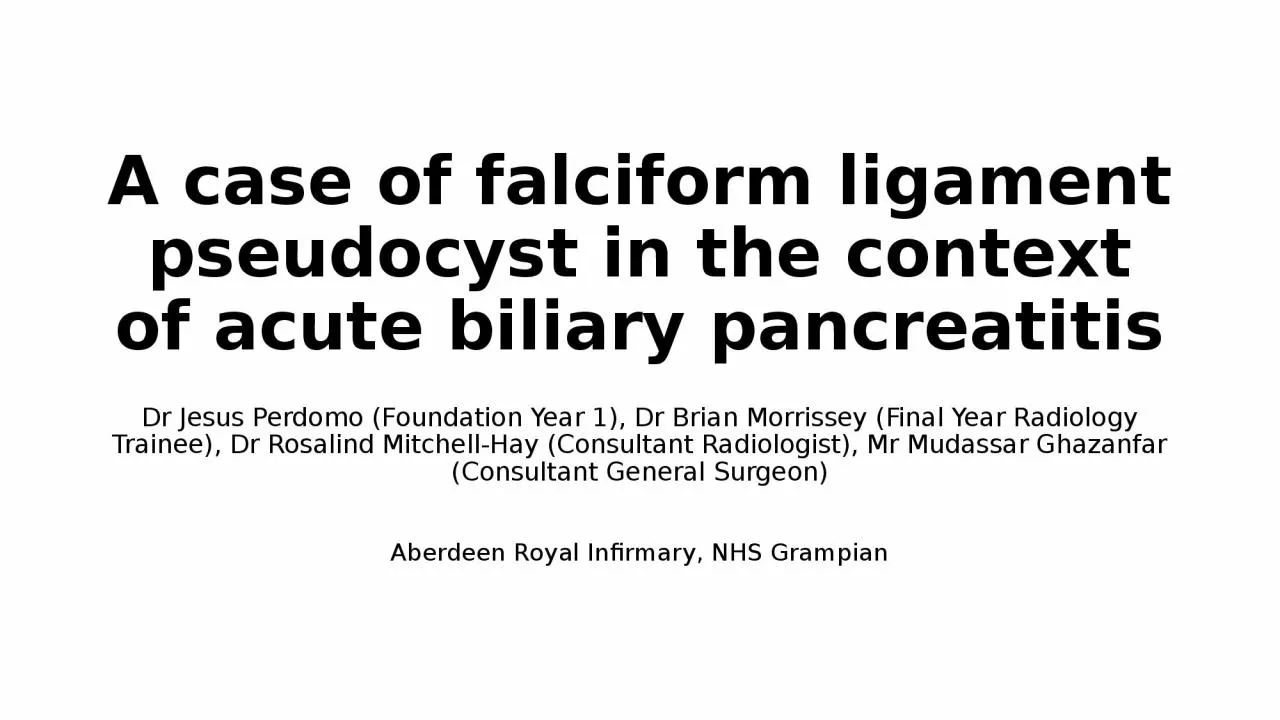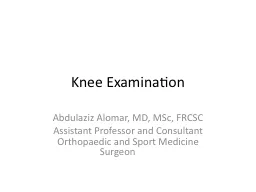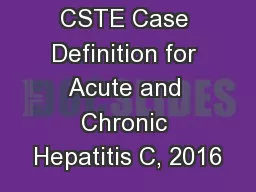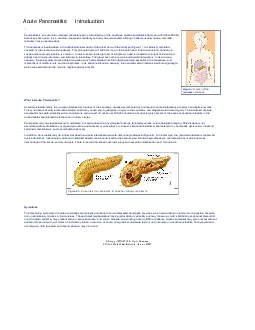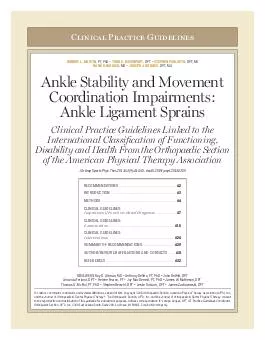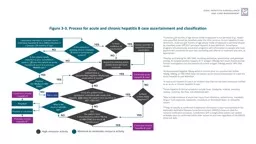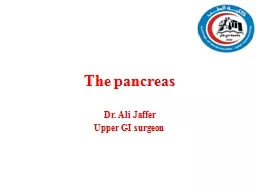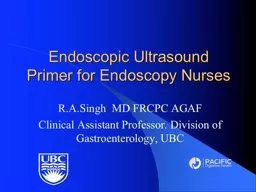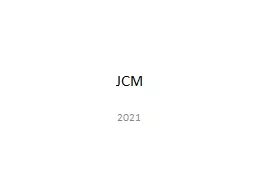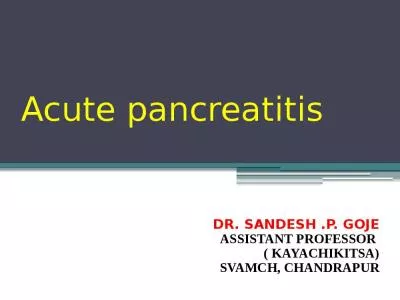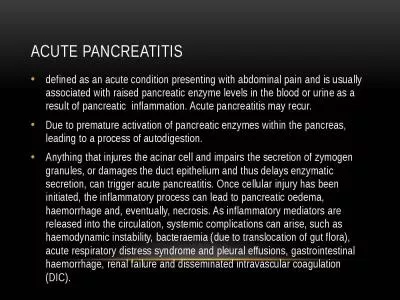PPT-A case of falciform ligament pseudocyst in the context of acute
Author : ani | Published Date : 2023-12-30
biliary pancreatitis Dr Jesus Perdomo Foundation Year 1 Dr Brian Morrissey Final Year Radiology Trainee Dr Rosalind MitchellHay Consultant Radiologist Mr Mudassar
Presentation Embed Code
Download Presentation
Download Presentation The PPT/PDF document "A case of falciform ligament pseudocyst ..." is the property of its rightful owner. Permission is granted to download and print the materials on this website for personal, non-commercial use only, and to display it on your personal computer provided you do not modify the materials and that you retain all copyright notices contained in the materials. By downloading content from our website, you accept the terms of this agreement.
A case of falciform ligament pseudocyst in the context of acute: Transcript
Download Rules Of Document
"A case of falciform ligament pseudocyst in the context of acute"The content belongs to its owner. You may download and print it for personal use, without modification, and keep all copyright notices. By downloading, you agree to these terms.
Related Documents

